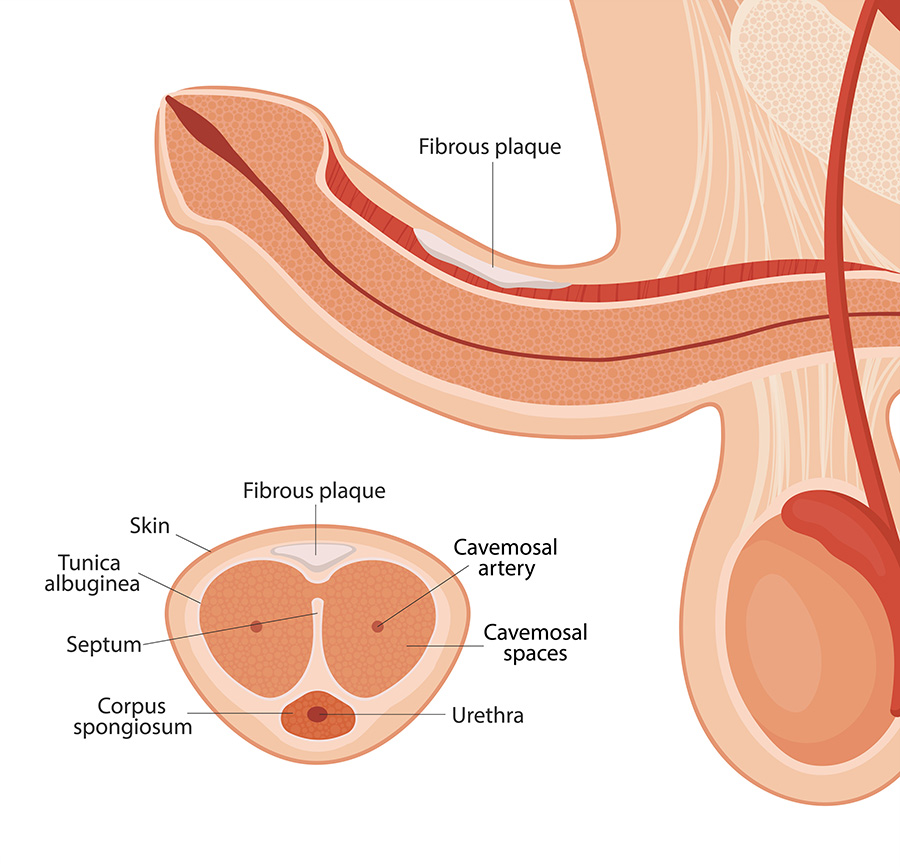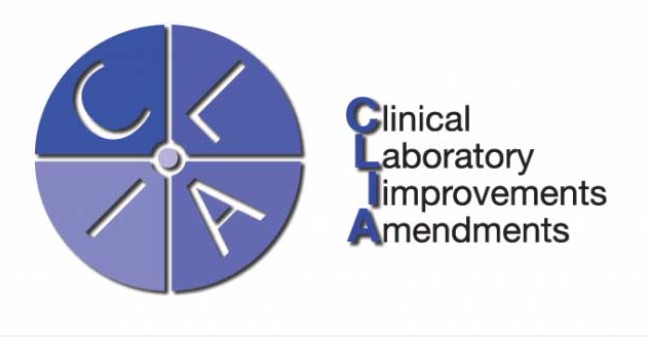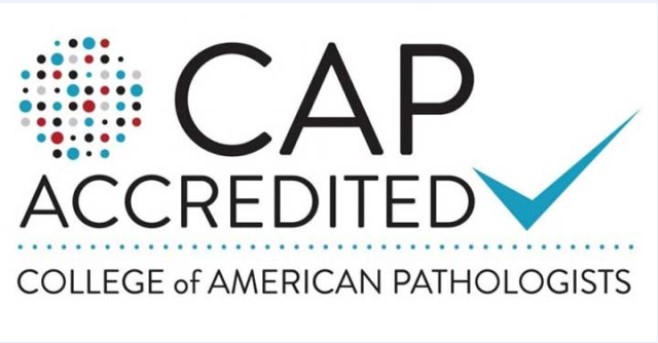
Peyronie’s Disease is a disease that can cause a number of problems for men. The disease affects the connective tissue that runs along the two long tubes that run the length of the penile shaft. This disease can cause unnatural curvature of the penis, loss in girth, shortening of the penis, pain, and erectile dysfunction as plaque or scar tissue builds up in the area. Acute Peyronie’s disease is usually six to eighteen months long. Plaque develops, the penis begins to bend, and pain may result during an erection. As the plaque stops developing the second phase of chronic Peyronie’s disease is entered. At this point the bending stops and pain will often subside. Peyronie’s disease may interfere with sexual intercourse and even cause pain for your partner.
While curvature of the penis in and of itself isn’t necessarily a detriment to your sexual activity, it can cause trouble over time. In some patients, it can develop more aggressively.
Causes
The main cause of Peyronie’s disease is trauma to the penis, however, it is possible that Peyronie’s disease is also linked to genetic factors. Sexual trauma has been reported in up to 10% of all men.
Symptoms
The main symptom of Peyronie’s disease is a bend in the penis, however other symptoms include erectile dysfunction, painful erections, lumps in the penis, loss of girth or length in the penis, and difficulty with intercourse. Pain either during intercourse or throughout the day are hallmarks of Peyronie’s disease.
Diagnosis
Peyronie’s disease typically able to be diagnosed by a simple physical examination. The plaque can be felt in the penis and the curvature can be observed as key indicators of the disease. In some instances, an ultrasound may also be used to examine the penis for the exact amount of buildup and location of plaque, as well as the blood flow in the penis.
Treatment
Pain management, oral medications and vitamins, penile injections, and a number of surgical procedures are all viable options for curing Peyronie’s disease. While some patients may require surgical treatment, the majority do not. The treatment will depend on the specific case.
To find out more about Peyronie’s Disease you may visit the following sites:














